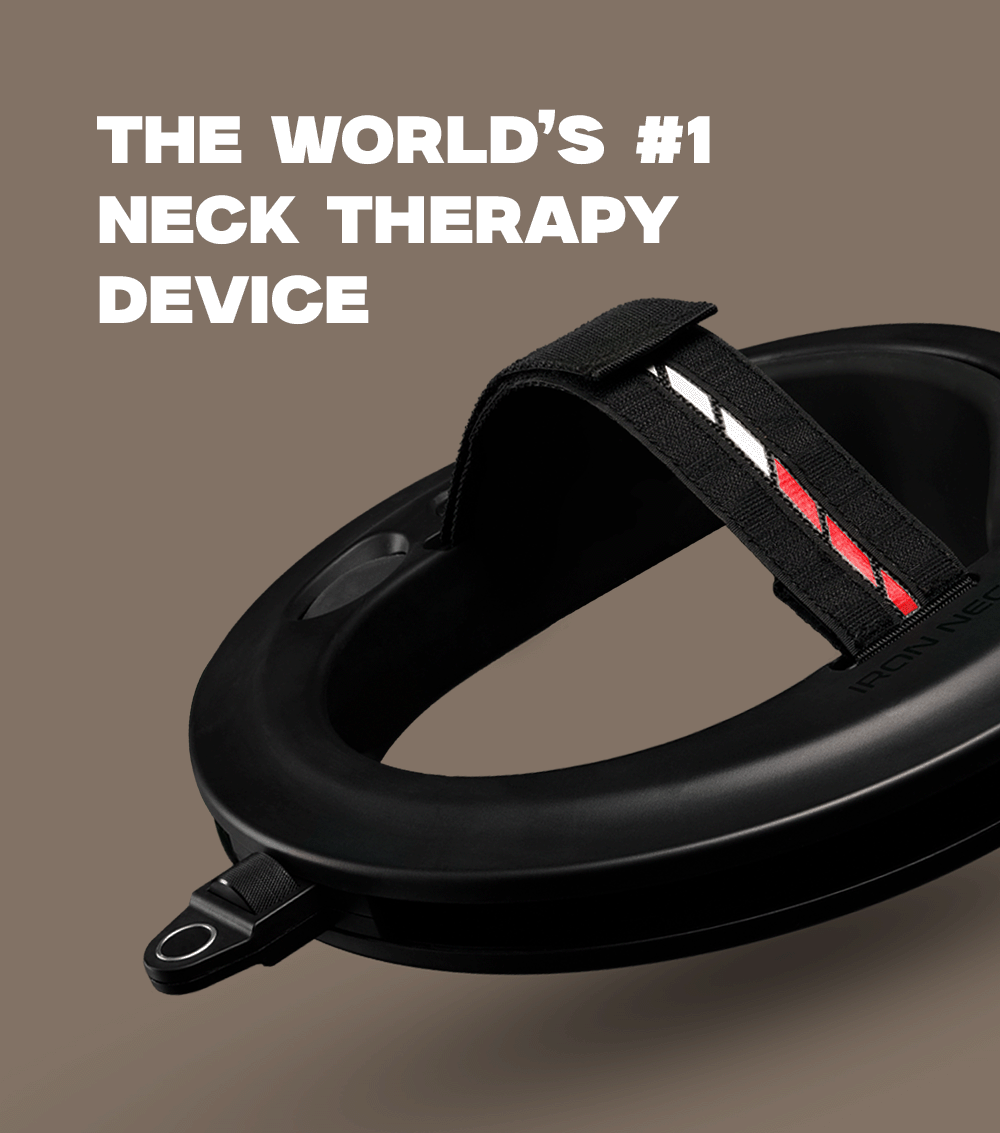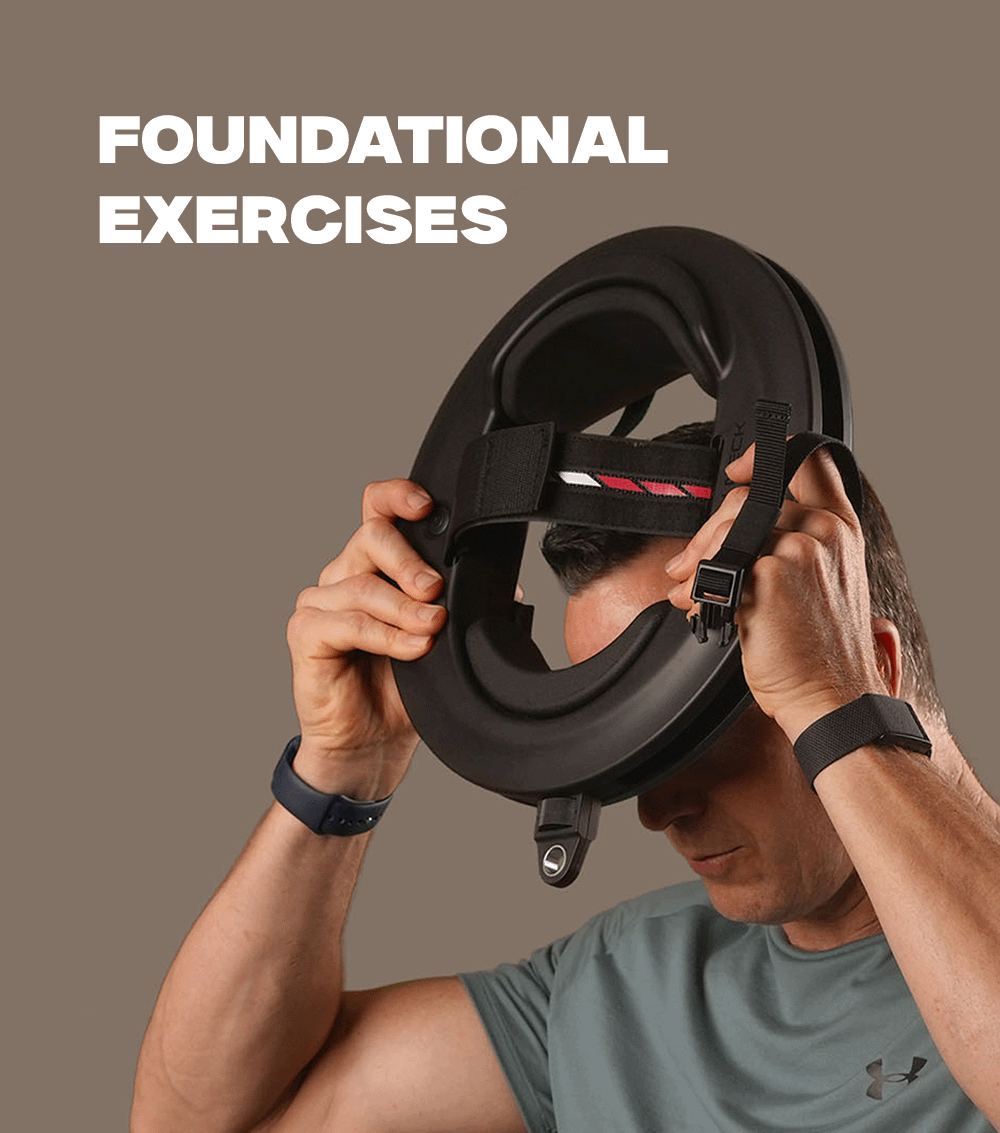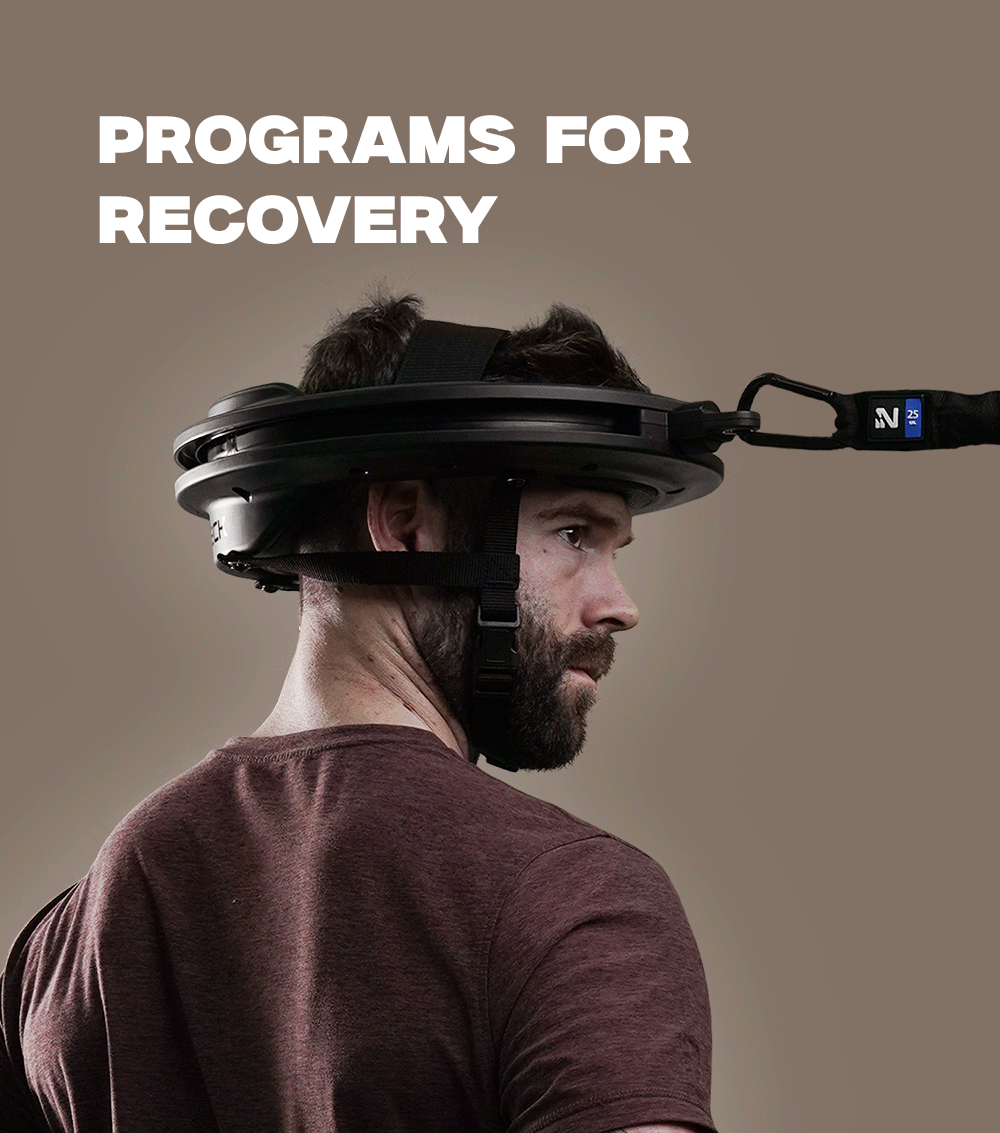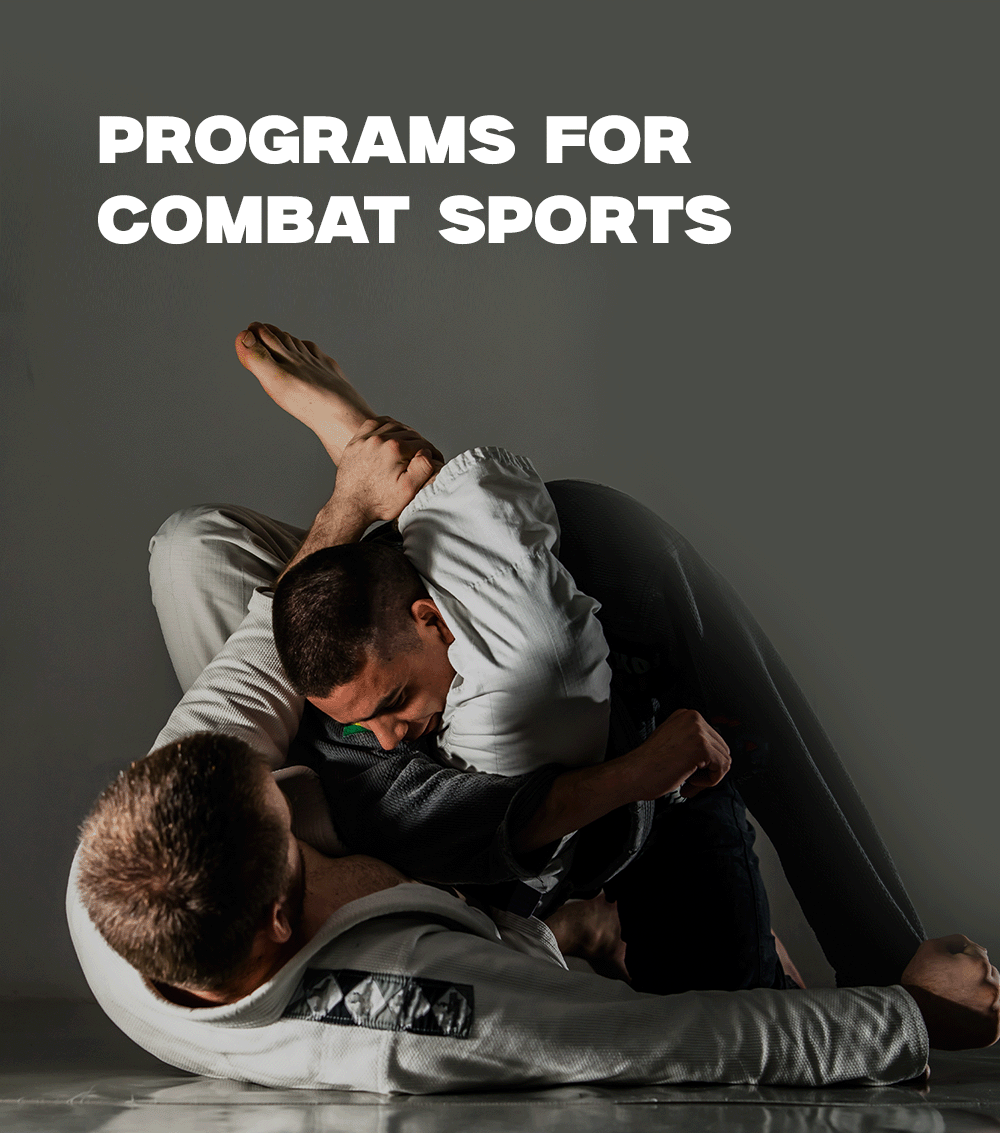Coaches add to their playbook for two reasons: to make their athletes better and to give their teams an edge. Whenever something new comes on the scene, the first reason leads to the second. Athletes get better in a way that their opponents don't, so they arrive on gameday with an advantage. Once that something new becomes industry standard, coaches will keep doing it - making your athletes better never goes out of style - but they need to advance their teams and profession forward by finding a new competitive advantage.
For many coaches in football and combat sports - and for nearly all coaches in all other sports - neck training for athletes satisfies both conditions above. The most basic neck training with the Iron Neck will make any athlete better than they would be without it. Some coaches and athletes, though, are ready to take their neck training and their use of the Iron Neck beyond the basics, both to advance their athletes and to ensure they keep winning by a neck (or more).
Progress and periodize neck training for athletes
The six foundational movements of the Iron Neck - 360 spin, look left look right, protraction & retraction, locked neck body turn, diagonals and figure eights - have become part of the general preparation phase (GPP) for football coaches. These movements build athletes' familiarity with the equipment (at 3 pounds it's light, but even so, most people aren't used to having a 3-pound halo on their head) and "wake up" muscles that are not often used in a deliberate way in training. Many coaches and athletes find increased range of motion as an almost immediate adaptation of using the Iron Neck.
Like the rest of the GPP, the obvious progression is increasing volume. One set of the F6 movements at 6-8 reps will tax a neck novice. Frank Wintrich at UCLA, for example, starts with 1-2 sets at the beginning of offseason camp and builds to 4-5 sets.
Once the athlete has the capacity to perform multiple sets of the F6 movements, those basics can take their place as warmups or "filler" exercises between sets of core lifts. Then layer on the simplicity.
Lyle Henley at the University of Alabama at Birmingham combines the Iron Neck with the most basic whole-body movement. "Walk out with the Iron Neck on and walk it back in. Walk it in laterally, walk it in backwards. We might lunge into it so we can stabilize the body through the shoulder and the trunk, or jump into it so it helps with our landing and braking mechanics."
As the players build that foundation, he integrates Iron Neck into 5-6 whole-body exercises during GPP, then focuses the work into the 1-2 most important exercises as they move into the season.
"As we get into the tactical-technical aspects of preparation, we'll do work in the weight room that gets specific to the position. We work through the range of motion that mimics the forces they'll be doing on the field. The offensive and defensive linemen do punch series or rotation series with the Iron Neck, while the quarterbacks will do anti-rotation work. The skill guys, linebackers and tight ends don't really change what they've been doing as we hit this phase. Pass rushers, offensive line and quarterback - that's where we get the specifics."
S&C training with the Iron Neck (that's strength & coordination)
Does strength training build coordination or does coordination training build strength? Or should we just lobby for "S&C" to stand for "strength & coordination?"
Looking at things this way, the Iron Neck is the ultimate... S&C... device since it applies tension to the head and neck, directly affecting vestibular coordination and gaze stability.
Most sports require athletes to keep their eyes on the ball while their body moves through space in multiple directions and planes. The Iron Neck can teach the athlete to stabilize the head by controlling forces through the neck, and coaches can teach this by having them wear the Iron Neck while performing movements and hitting positions they encounter in sport.
Golfers and tennis players can practice their swings while the Iron Neck provides tension in one direction or another. Instead of looking left and looking right while lunging, tennis players can practice keeping their head facing the net while lunging, as they need to do when going for a shot.
Hockey players can modify this by steadying their head while lining up a shot, but still working their range of motion and coordination at the neck so they can maintain their awareness of the ice around them while shooting. Being able to look around them subtly during the backswing of a shot could be the difference between the puck being poked away or shifting their position, between taking a shot or taking a body check, between shooting it at a defender or shooting it between the pipes.
Pause and consider the resemblance between the F6's diagonal and the head and neck position during a slapshot.
Soccer is one of the few sports where the head is "in play." Practicing the heading motion while wearing the Iron Neck is one technique Brittni Souder uses to teach young athletes how to head safely and properly. They learn how to do the movement while building strength, which are two components of safe heading to minimize subconcussive trauma.
Train all phases of contraction and movements
Many coaches incorporate eccentric training into their core lifts, and Iron Neck users are no different. Changing the timing of the eccentric, isometric and concentric phases of the F6 movements are simple ways to increase the time under tension to build the athlete's strength capacity.
Like any other eccentric training, this also helps the athlete dissipate the forces they will absorb during a game, which goes directly to the impact-attenuation role of the Iron Neck in brain safety.
Henley introduced eccentric and braking work with the Iron Neck after studying how mixed martial arts trainers were using it. At UAB, they've taken a few early steps towards plyometrics and medicine ball throws with the Iron Neck to see how it can help players absorb the hits they take from different directions while their bodies are in different positions. He is particularly interested in exploring how the Iron Neck can help the running backs and defensive linemen deliver and absorb force safely in the transverse planes.
Ryan Baugus, a physical therapist and coach in Portland, OR, looks at how well any scenario in the gym can approach the forces a player will experience in the game. Since football players will always encounter much more on the field than they will in training, Baugus sparingly programs speed and reactivity with the Iron Neck, preferring instead to build as much general capacity as possible for strength and anti-rotation.
For sports where that delta is not as large, the Iron Neck can build the athlete's capacity to absorb game-realistic deceleration and acceleration loads. Non-contact sports, certainly, but even sports with more controlled contact like soccer, hockey and lacrosse could match well with Iron Neck scenarios.
Make the Iron Neck part of YOUR training
For better or worse, the Iron Neck opens up all sorts of creative possibilities. We like to think "better," but let's face it - had Mike invented the Iron Neck 40 years ago, those World's Strongest Man competitions would have had guys dragging Volkswagens via an Iron Neck (disclaimer: please don't do that).
Looking for a common thread among the coaches we've talked to, it might be this: Don't treat the Iron Neck as anything crazy or different. Use it the way you use all the tools and methods you already use.
If you take a principle- and construct validity-based approach to your training, ask yourself which of those principles would be satisfied by the Iron Neck, and how and why this device has construct validity. What movements do your athletes or clients need to improve, and how could Iron Neck support that goal?
If you're a strength-first, GPP-makes-the-season type coach, then look at how you can use Iron Neck to build general and sport-specific neck and shoulder girdle strength capacity. Are you a triphasic training guy? Then apply the triphasic approach to standalone F6 movements; integrate basic Iron Neck tension into your triphasic core lifts, perhaps with a triphasic component of their own; or use the Iron Neck as part of your contrast or compound exercises.
And just as you would with any other problem, read and ask. Ask other coaches what they are doing with the Iron Neck or what they would do if they had one. Read the blogs and (before long) peer-reviewed research that takes a look at the basic science and applications of the Iron Neck.
If you come up with anything you're particularly proud of, or think the world would benefit from, let us know and we'll put it out there. There's no "secret sauce" in this work. The sooner we all know what the others are doing, the sooner we can figure out something even better.






